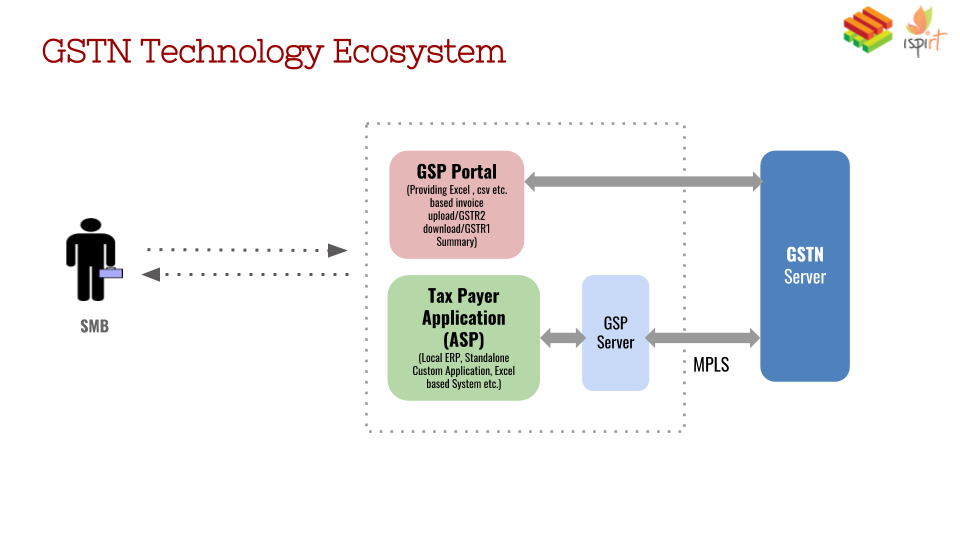iSPIRT’s FinTech Leapfrog Council (FTLC) is an initiative designed to help incumbent, government-owned banks make the transition to an era of cashless, presenceless and paperless transactions enabled by India Stack and other emerging technologies.
At iSPIRT, our belief is that banking will change more in the next five years than it has in the last 50 years. For a variety of reasons, the changes happening in India will follow a path that is very different from other countries. Indian Banks, therefore, have two choices: Create a new playbook to deal with these changes, or stick to the old rulebook and risk being disrupted.
Over the last two years, FTLC has been helping SBI, Axis, BOB and IDFC Bank create new playbooks in six orbit shifts that will help banks successfully transform themselves. These six orbit shifts are:
- Fee-based Payments to UPI and Payments as a Service
- Closed Billing Systems to Bharat Bill Payment System (BBPS) and Billing as a business
- Asset-based lending to (Cash) Flow-Based Lending
- Closed Pipe Architectures to Open APIs and Platform Banking
- Core Banking Systems to Internet Architecture and Transaction Engines
- Data Silos to Consent-based Data Sharing
These FTLC banks have major government shareholding and comprise more than 30 percent of the Indian banking system. Therefore, helping them create these new playbooks is a mission of national importance.
FTLC works with the CEOs and leadership teams of these banks through a series of quarterly workshops and customised workshops in the above-mentioned areas. Some of the industry leaders who spoke at FTLC workshops to facilitate these orbit shifts are:
- Shamir Karkal, Head of Open APIs at BBVA Bank, Spain, and co-founder of Simple Bank
- S Ramakrishnan, former Chief Data Officer of Citibank
- Prof. Saras Sarasvathy of the Darden School of Business
- Nandan Nilekani, Non-Executive Chairman, Infosys
- Sharad Sharma, Co-founder of iSPIRT & Ex CEO – Yahoo Inc, R &D.
- Sanjay Swamy, Managing Partner of Prime Ventures.
We are looking for an anchor volunteer who can work closely with the FTLC banks to ensure that they are making progress on these orbit shifts, and gradually take my place at FTLC.
For me, being the anchor volunteer for FTLC has been rewarding in many ways. The opportunity to work with other volunteers whose work is reshaping the fundamental nature of banking in India has been very exciting. The opportunity to work with some master strategists who can see the big picture without losing focus on the nitty-gritty details of execution has been awe-inspiring. Seeing young volunteers take on crucial roles and excelling in it has given me great hope for the future of our country. And finally, the fact that iSPIRT’s work is helping India create a world-class digital infrastructure is something that fills my heart with great pride. I had initially signed on as anchor volunteer for FTLC for one year, but the work was so interesting that one year became two before I realised it! We are now looking for a volunteer who can replace me, but start off gradually as a volunteer-in-training.
As you probably know by now, it is difficult to become an iSPIRT volunteer, but easy to cease being one. The arduous process of becoming a volunteer allows each side to feel each other out. We want you to get into volunteering with your eyes open. As part of this counter-intuitive mantra, we let you hibernate without any hesitation. This enables you to make soft promises that you can keep.
If you are interested in being a volunteer for FTLC, contact me at venky@ispirt.in or community@ispirt.in





